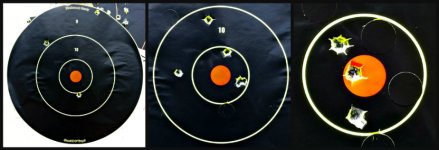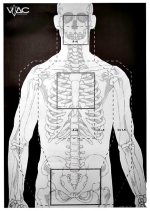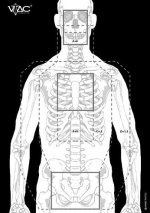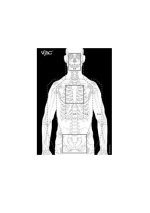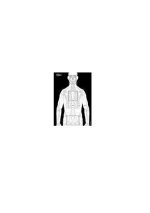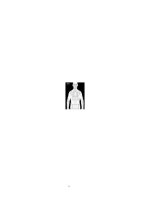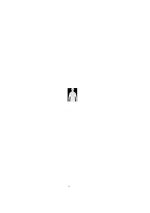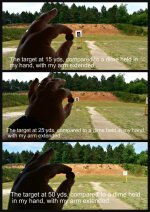I was pondering that question this evening, so I went on the internet to see what I could see. I was looking for a formula along the lines of “if you are shooting at a [insert size/diameter] target at [insert distance], it will appear to be only [calculates size/diameter] without the use of optics.” Well, I either couldn’t find the answer, or I was too ignorant to recognize it when I saw it.
So, being the compulsive person that I am, I measured off 6.25 yds, and 25 yds, in the office hallway. Then, I taped up the two targets I shot today, grabbed my ruler, held it at arm’s length to simulate the front post of my rifle, and began calculating. I think I got the math right. (No, I didn't, but I think I've got it this time)
The collage photo is of a 12 inch diameter circle with a 7 inch and 3 inch inner ring, and a 1 inch bullseye. My shots, taken at 100, 50, and 25 yds are shown going from left to right. The 12 inch diameter circle at 100 yds would appear to have a diameter of approximately 3/32 of an inch to the naked eye (no optics). (That explains why I couldn’t even see the dot or the yellow lines at that distance) At 50 yds, the 7 inch diameter circle would appear as 7/64 of an inch; the 3 inch circle would be 3/64 of an inch, and the bullseye 1/64 of an inch. And then, at 25 yds, the 3 inch diameter ring would appear to be 3/32 of an inch, and the 1 inch bullseye would be 1/32 of an inch.
In the second photo, the silhouette has a width of 18 inches (dotted line to dotted line), with a 6 inch square CM box. However, at 25 yds the width would appear to only be 9/16 of an inch and the CM box would look like a 3/16 inch square. At 50 yds the width appears to be only 9/32 of an inch. And then finally, at 100 yds, the width is only 9/64 of an inch.
Aim small, miss small!
So, being the compulsive person that I am, I measured off 6.25 yds, and 25 yds, in the office hallway. Then, I taped up the two targets I shot today, grabbed my ruler, held it at arm’s length to simulate the front post of my rifle, and began calculating. I think I got the math right. (No, I didn't, but I think I've got it this time)
The collage photo is of a 12 inch diameter circle with a 7 inch and 3 inch inner ring, and a 1 inch bullseye. My shots, taken at 100, 50, and 25 yds are shown going from left to right. The 12 inch diameter circle at 100 yds would appear to have a diameter of approximately 3/32 of an inch to the naked eye (no optics). (That explains why I couldn’t even see the dot or the yellow lines at that distance) At 50 yds, the 7 inch diameter circle would appear as 7/64 of an inch; the 3 inch circle would be 3/64 of an inch, and the bullseye 1/64 of an inch. And then, at 25 yds, the 3 inch diameter ring would appear to be 3/32 of an inch, and the 1 inch bullseye would be 1/32 of an inch.
In the second photo, the silhouette has a width of 18 inches (dotted line to dotted line), with a 6 inch square CM box. However, at 25 yds the width would appear to only be 9/16 of an inch and the CM box would look like a 3/16 inch square. At 50 yds the width appears to be only 9/32 of an inch. And then finally, at 100 yds, the width is only 9/64 of an inch.
Aim small, miss small!
Attachments
Last edited:

